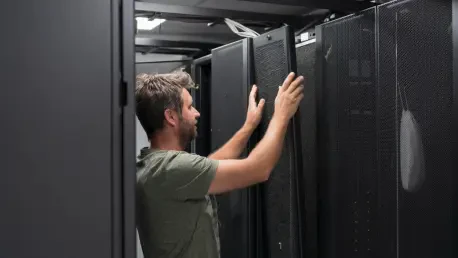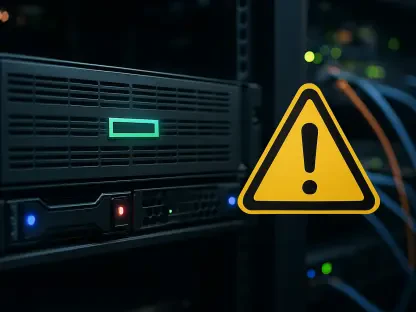Consider a world where cutting-edge artificial intelligence brings both promise and risk. The deployment of Model Context Protocol (MCP) servers in AI ecosystems globally unveils an unforeseen conundrum. Designed to enhance connectivity and significantly broaden AI’s capabilities, they might inadvertently create a gateway for cyber threats. In their rush to adopt this technology, are organizations unintentionally compromising the very data security they aim to protect?
The introduction of MCP servers promised a revolution in data access for AI systems. These servers have been rapidly integrated since their debut, with over 15,000 installations globally. This proliferation reflects their undeniable utility in linking AI models with essential data sets; however, it also introduces unprecedented cybersecurity challenges. As organizations deploy these powerful tools, they often expand their digital footprints, inadvertently amplifying potential vulnerabilities. The stakes are high, as misconfigurations in MCP setups can lead to expansive attack surfaces, making data breaches more likely.
The landscape of misconfigured MCPs is becoming a growing concern. Data indicates a troubling number of these servers are misconfigured, with approximately 7,000 unnecessarily exposed to the web. Even more concerning is the subset that remains accessible without proper authentication, exposing sensitive systems to potential exploitation. This lack of security is not merely theoretical; it’s exacerbated by real-world incidents where mutable vulnerabilities have been exploited, resulting in substantial data compromises.
Cybersecurity figureheads, such as Yossi Pik and research from Backslash Security, illuminate the depth of these issues. Pik notes that these threats are often misunderstood or underestimated, emphasizing the critical nature of addressing MCP misconfigurations diligently. Findings from Backslash Security outline the nuances of these vulnerabilities, including the risks associated with context poisoning attacks, which tamper with AI outputs by manipulating input data.
To counter these risks, IT departments must prioritize the implementation of protective measures. Organizations can fortify their defenses by adhering to best practices, ensuring rigorous input validation, and enforcing strict access controls. Securing MCP deployments involves not only safeguarding against external threats but also validating internal processes. These practices are not just recommendations; they are necessary steps toward maintaining robust data protection and operational security in AI applications.
The landscape of AI integration with MCP servers unveiled both potential and peril in equal measure. While the initial excitement around MCP servers’ capabilities was understandable, it became clear that without robust security frameworks, there was significant room for exploitation. As more organizations contended with the reality of potential cyber threats, the industry’s focus pivoted from mere adoption to ensuring these systems were as secure as they were innovative. This evolution underscored the importance of fostering a comprehensive understanding of security practices surrounding MCP technology.









